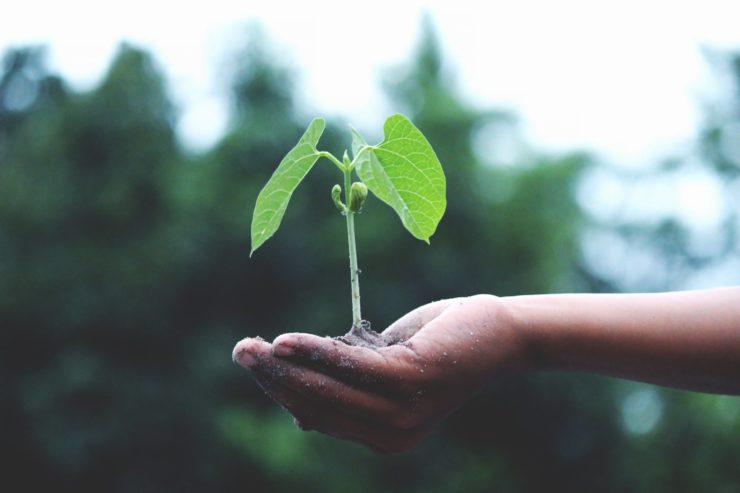
To some it may come as a surprise that one of the biggest groups of drone advocates are agricultural professionals. Farmers have been relying on flying bee drones that provide a crucial aid in crop pollination for some time now. It seems however, that advancements in drone technology are increasing at a fast rate. Farmers are really excited about the new drone prospects soon to be available to the public. Thanks to new developments, agriculturists are imagining a world where every farmer knows exactly when and what each of his crops need, the quantity and formula of fertilizer, the amount of water and the type of pesticide to be used.
According to a recent report on drones and farming by the Food and Agriculture Organization (FAO) in conjunction with the International Telecommunication Union (ITU), drones are ushering a new revolution in agriculture. As farmers face the negative prospects of climate change and other challenges, drones offer hope and the promise to help make the entire farming industry more efficient.
“Drone technology is already here (in the agriculture sector) and it’s becoming the vehicle for really cool sensors,” says David Schmale, an aerobiologist at Virginia Tech in Blacksburg, VA. Drones are now being outfitted with cameras and other data-gathering devices to become “eyes in the sky” for farmers. They scout for pesticides and even identify dry spots in need of increased attention. In countries such as Japan, drones are already used to deliver pesticides and fertilizers. In the U.S., farmers have been testing with drones to survey areas where soil isn’t fertile or where water may be inadequate. Drones are being used in areas such as crop assessment, disease monitoring, animal maintenance, pollination, and much more.
Drones can sweep through farm fields, assess crops, take stock and inspect slow-growing crops that are in need of help. Drones can be structured with sensors that capture various data such as Normalized Difference Vegetation Index (NDVI) maps, which have in the past been created through the use of airplanes and satellites. Drones can be used to search for high-flying pathogens before they even land on the farm. Ranchers with enormous land to cover can use drones to survey fences that need fixing and keep track of their livestock. Drones can be fitted with night-capable cameras and HD thermal imaging to help detect unwanted animals or human poachers.
A New York-based startup has created pollen-dumping drones that could help pollinate various orchards. Fruit growers are now optimistic that drones could be useful in increasing pollination in their orchards, and thus increasing yields. Many farming fields aren’t uniform. There are areas that dry faster than others and may not be sufficiently watered. Drones can be fitted with thermal and spectral imaging to reveal dry sections where crops need extra watering. These drones can also detect damages in water equipment and irrigation canals. Better still, they can be used to detect water catchment areas that can be used to positively influence the health and yields of the crops.
Despite these tremendous benefits, there are still blind spots that will have to be addressed. For instance, it still remains a challenge for drones to differentiate between a crop and a weed. This will most likely require AI (artificial intelligence) that is still in its infancy stage. For now though, there’s no doubt that drones will soon become a standard part of agricultural machinery.
|